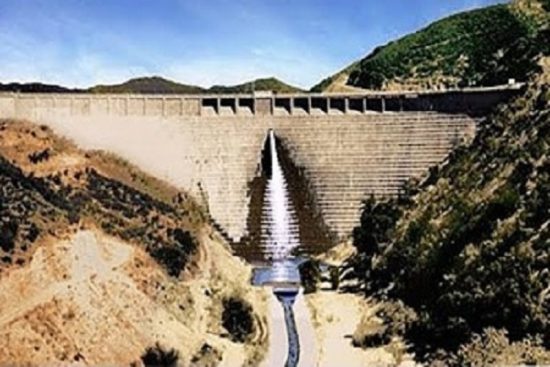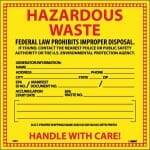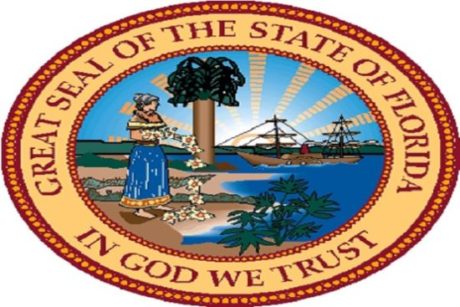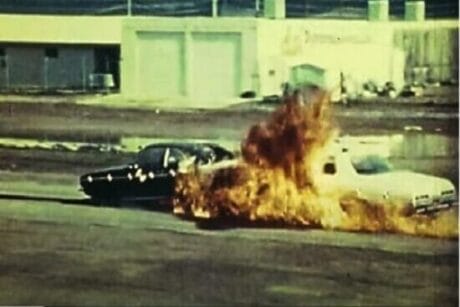No products in the cart.
4.5
- Course No E – 1207
- PDH Units 3.00
Course No E - 1207
PDH Units 3.00
4.5
- Course No E – 1207
- PDH Units 3.00
Course No E - 1207
PDH Units 3.00
Intended Audience: all engineers
PDH UNITS: 3
This course will examine the ethical issues that arose from the 1928 failure of the St. Francis Dam near Los Angeles, California. Near midnight on March 12 of that year the 195-feet high concrete arch dam collapsed catastrophically, releasing 12 billion gallons of flood waters downstream in a flood wave that reached a depth of 140 feet with average velocities estimated at 26 feet per second. By 5:30 AM on March 13 flood waters nearly two miles wide reached the Pacific Ocean near Ventura, California. The flood killed more than 450 people and was the worst civil engineering failure in U.S. history. In this course you will learn about the political and economic forces behind the project, the people who controlled the project, the ethical issues that were raised by the tragedy, and lessons the engineering profession learned from the tragedy. This course is intended for engineers, architects and other design and construction professionals wanting to learn about the ethical issues that were raised by the failure of the St. Francis Dam, and lessons that have been learned from the incident. Although this was a civil engineering incident, the ethical issues and lessons apply to all engineering disciplines.
Learning Objectives
At the successful conclusion of this course, you’ll be able to identify and discuss:- Learn about the history of the project and the economic and political issues that shaped its development.
- Learn about the dam’s relation to the controversial Los Angeles Aqueduct.
- Learn about the well known public agency manager who controlled the project.
- Learn about the indications of trouble that were inspected before the failure but ignored.
- Learn about the dam break flows and velocities that resulted from the collapse.
- Learn about soil conditions at the site that should have been investigated and accommodated in the design.
- Learn about the dam height increases during construction that were not properly accommodated in the design.
- Learn about the ethical issues that were raised by the failure of the dam.
- Learn about the public agency manager’s engineering qualifications that raised ethical questions.
- Learn about the importance of professional training in avoiding similar incidents in the future.
Course Reviews
4.5
4.5
2 ratings - 5 stars1
- 4 stars1
- 3 stars0
- 2 stars0
- 1 stars0
Once completed, your order and certificate of completion will be available in your profile when you’re logged in to the site.









This was a very good and informative presentation. Two criticisms:
1. If this is meant to raise ethical issues for practicing professional engineers, it’s difficult to see what they are. The project was designed by a couple of non-engineers. They appear to have acted in good faith, but were out of their depth. Their failings were due to incompetence rather than ethical lapses. The ethical problems reside with the public officials who engaged them and go to the inability or unwillingness of those officials to respond to pressures from unscrupulous players.
2. There is no distinction to be drawn here between linear and non-linear thinkers. It’s between two sets of thinkers, both of whom think linearly, but invoke different sets of rules. The rules governing moving from a seat on the school board to a seat in the U.S. Senate (if that is your sole ambition) were laid out a few centuries ago by Machiavelli—spread the blame for your misdeeds. garner all the credit for your successes, keep your opponent in the dark about your intentions, flatter those above you in the pecking order, etc., etc., etc. Any departure from these rules is as much a case of malpractice for a power seeker as ignoring Newton’s Laws is for an engineer. The distinction is not between those who think linearly and those who think non-linearly, but rather, those who pursue morally acceptable ends and those who don’t. The rules of a profession are ethics; the rules of leading a good life are morality. A lawyer who provides a vigorous defense for a serial killer and gets him acquitted has upheld the ethics of his profession but failed morally.
The course is very interesting and provocative. The need for good geo information is starkly revealed among other issues. It would be interesting to know if this dam would have failed even if the original design had been kept; it seems likely given the foundation issues.